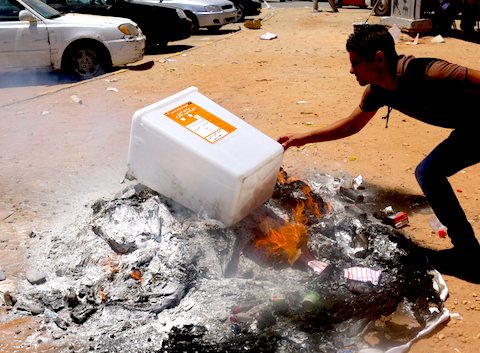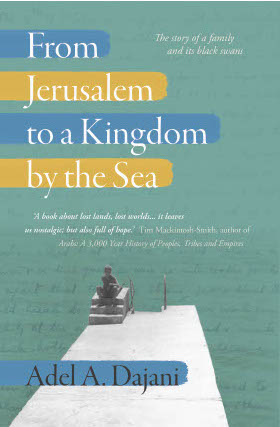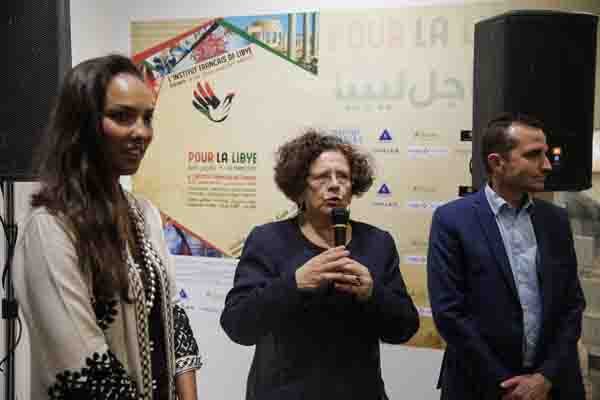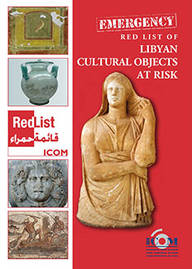By Lorianne Updike Toler.

New York City, 30 November:
The current GNC debate over how the constitutional commission will be chosen—by direct . . .[restrict]election or GNC nomination—has intensified. Last Saturday, the Libya Herald reported that 82% of the 8,926 people “polled” on former Prime Minister-elect Mustafa Abushagur’s Facebook page favour elections. Many of those polled were from the Tripoli area, undermining the theory that the call for elections is coming primarily from the east.
Yet the GNC is reluctant to abdicate a privilege denied them by a controversial National Transitional Council constitutional declaration rendered two days before July elections. Many GNC candidates had campaigned based on their constitutional qualifications.
One way to understand the mounting public pressure for elections is that elections are one of only two ways currently planned for the public to contribute to the constitution-making process. Other than elections, Libyans may participate only through a final referendum. Such a small part is little consolation for those who fought and sacrificed lives, limbs, or family members during the 17 February Revolution.
Yet even if drafters wanted more public participation, the current constitutional timeline—initially four months but expanded to six—is too short to permit much if any consultation with the public.
If the GNC is insistent on reclaiming the initial role for them set out in the August 2011 constitutional declaration in choosing drafters, perhaps public pressure can be eased by providing alternative meaningful opportunities for popular participation in the constitution-making process.
The last article in this series focused on pre-draft examples of public participation. This article will focus on examples of public participation after a working draft of a constitution is produced and make suggestions for methods that could be readily incorporated into Libya’s constitutional process.
In addition to public education, there are three basic methods of public participation post-draft. These include hearings, submissions, and referendums.
Post-draft hearings, coupled with targeted consultations, were held in Kenya previous to the passage of the 2010 constitution. Through these forums, Kenyans were able to suggest changes to the draft constitution. After this public consultation, the draft was revised and sent to the designated parliamentary committee and later to the full parliament.
Although some public hearings were held in Iraq with select groups during the drafting process, it was not till after the Constitutional Committee produced draft texts of the 2005 constitution that substantive public discussion began. By then, however, the attempt to involve the public was ad hoc, disorganised, and truncated. Moreover, no time or procedure existed to incorporate the many expressed opinions.
Limited hearings were also held in Afghanistan’s short run (though six months longer than the currently identified Libyan process) to its 2004 constitution. There, broad promises by the Afghani Constitutional Commission Secretariat to “ensure broad participation” were left largely unfulfilled. After controversial delays, poor planning, and a refusal to release a draft text, the Drafting Commission conducted meetings with pre-selected groups in provincial capitals. Although 523 meetings were held and 100,000 written opinions were produced, little of what the public said was included in the final constitution.
More important than post-draft hearings, however, are written submissions and edits to draft texts. Hearings are helpful in including illiterate and widely dispersed populations. Yet as may be seen in Iraq and Afghanistan, the product of hearings is often difficult to incorporate and therefore more easily dismissed. An invitation to the public followed by disavowal of their contributions diminishes public trust.
Patterning the process the National Transitional Council used to incorporate feedback into Libya’s January 2012 electoral law, Egypt’s Constituent Assembly released the first incomplete draft of the Egyptian Constitution on 10 October 2012 on a website that invited commentary and feedback. By logging into the site through Facebook, Egyptians could “like” or “dislike” various provisions and leave comments. Now, after a very short month and a half of online public discussion, the Constituent Assembly begun voting on each provision on Thursday.
As Libya pioneered the Egyptian method of constitutional public participation—albeit in another context—they could very easily re-use the same technology to engage the Libyan public after a first draft of their constitution is produced. This would only be possible, however, if the six-month timeline was extended to allow for a period of public commentary.
Post-draft submissions were famously invited in the run-up to South Africa’s 1996 constitution. After draft texts were published and widely disseminated, the Constitutional Assembly received 250,000 public submissions. The volume and lack of consistent form made the submissions difficult to incorporate. Additionally, many contended that the final, backroom negotiations rendered much of public feedback irrelevant. Yet many have attributed South Africa’s successful transition to democracy after violent apartheid to wide public participation in the constitutional process.
Although not as substantive as submissions, referendums are, after election of a constituent assembly, the most popular form of public participation. A referendum will be used in Egypt if two-thirds of the Constituent Assembly fail to ratify the constitution. Kenya’s 2005 failed constitution and its 2010 successful constitution incorporated a referendum. Both Zimbabwe and Rwanda opted for referendums in their 2000 and 2003 respective constitutional processes. Likewise, Morocco hosted a referendum for its 2011 constitutional revision. A referendum is built into Libyans’ upcoming constitutional process.
Yet referenda are only as effective as the participatory processes that precede them. When Zimbabwe’s president Robert Mugabe staged what seemed to be model public participation through his party and did little to involve women, violence erupted and the referendum failed. Likewise, the attempted Kenyan constitution of 2005 failed because many of the public’s contributions were not incorporated into the final draft. The Moroccan referendum, boycotted by members of the 20 February movement, has been called a masquerade and will likely do little to enhance the constitution’s long-term credibility.
As was advocated in Part I of this article, hearings are more likely appropriate and helpful in identifying major constitutional issues that are important to Libyans—like the role of sharia and federalism. If the GNC wishes, it could use the proposed period set aside for public consultation between 1 December and 17 February to consult with the public not just on elections of the constituent assembly, but on such substantive issues.
After public consultation, if the GNC opts not to host elections for a constituent assembly, it would be wise to offer the public with some meaningful alternative, such as “elections” or a pre-referendum on constitutional issues that would then be binding on the assembly. During drafting, general sessions could be webcasted on a site such as fora.tv where viewers could make contemporaneous comments.
As provisional texts are written and a full draft produced, the constituent assembly could easily invite public commentary online as the NTC did for the electoral law, supplementing it with offline forums in rural areas with an analog to the structured, easily-incorporated feedback that a website permits.
If Libyans are provided with robust methods of public participation, it is possible the pressure to elect constitutional commissioners will dissipate. Such a process could also galvanise support among all regions within Libyan, paving the way for a successful referendum and ownership of the resultant constitution.
To accomplish all of this, however, time and resources will need to be allotted to the process. Currently, the six-month process specified is too short to allow for meaningful public participation. It is possible that some consultation could occur before the six-month clock begins to run. However, allowing for one of the most substantive and helpful forms of public participation—post-draft submissions—would not be possible.
If the GNC would like the new constitution to benefit from public participation (and to relieve some of the pressure for elections), they need to allot more time for the drafting of their constitution. The recommendation of this author is at least a full year. Doing so will help to unify the country, allay concerns from regional interests, legitimise the process and the resultant constitution, and help to ensure its longevity. [/restrict]









